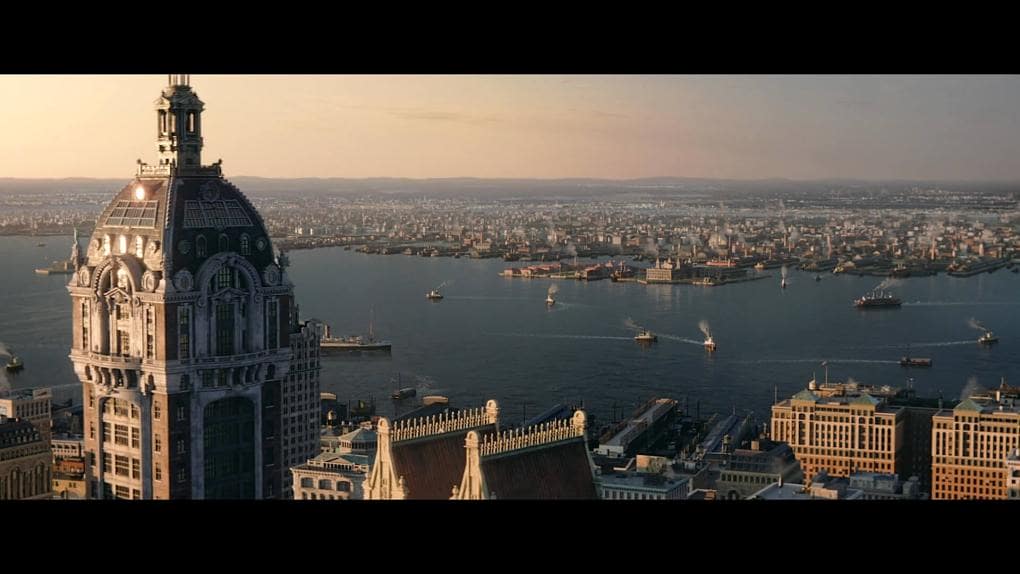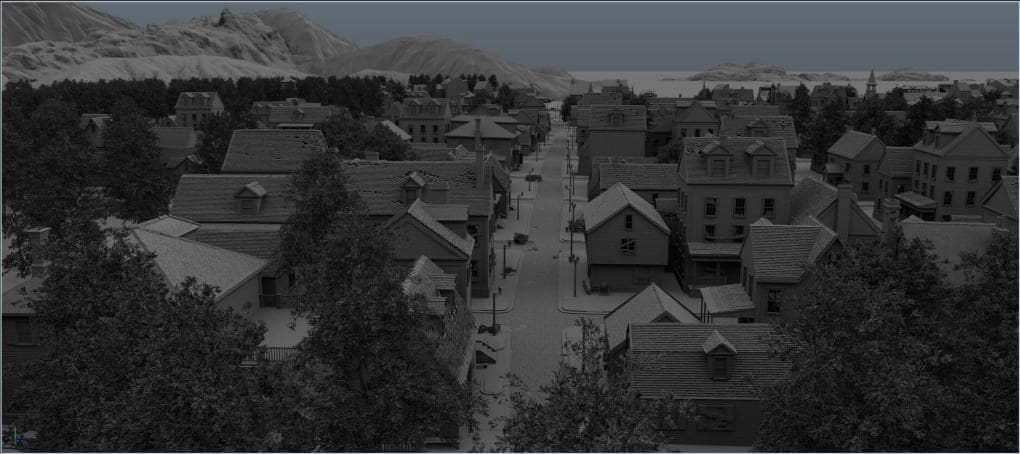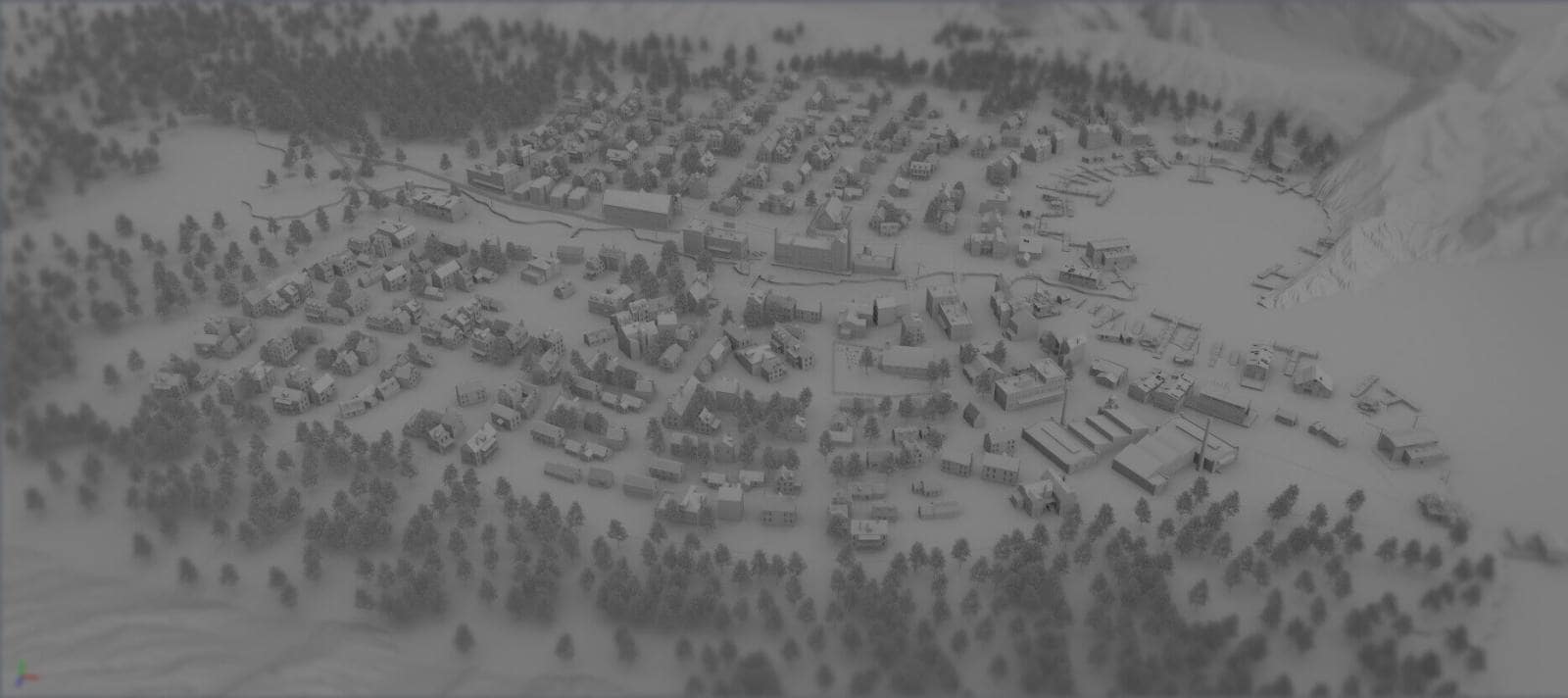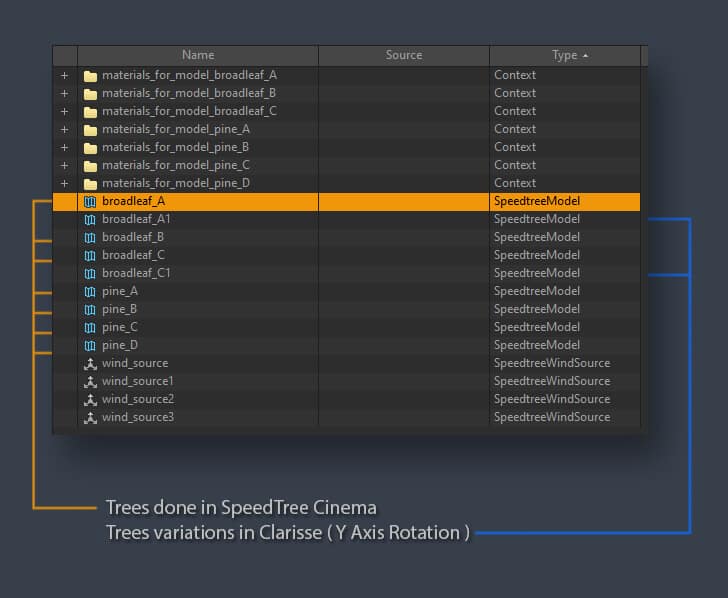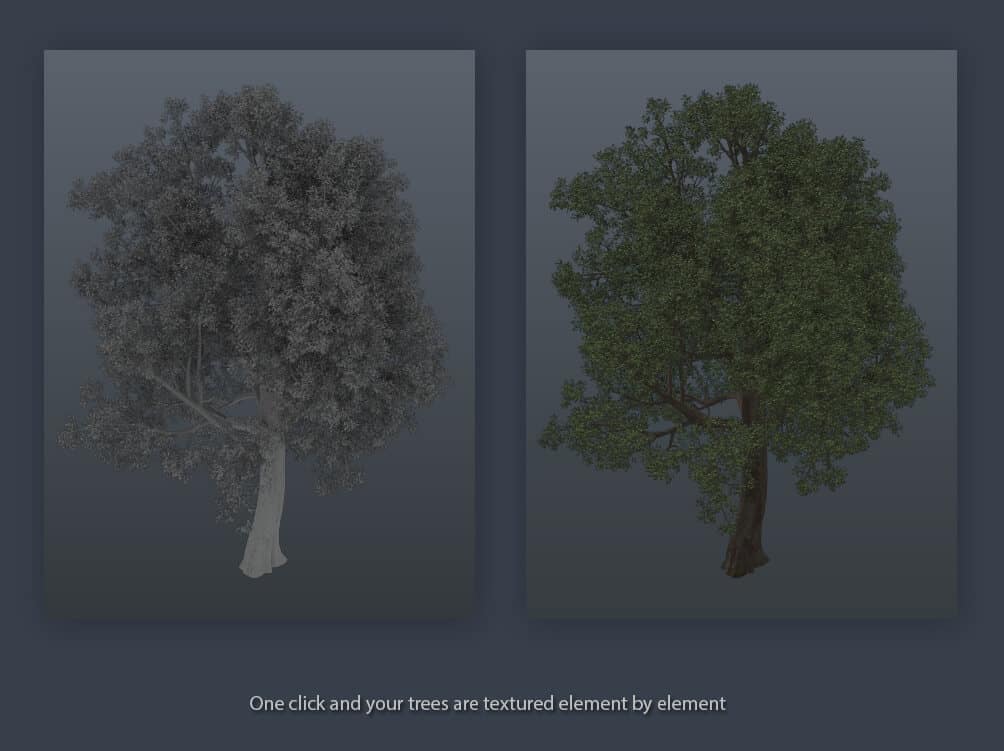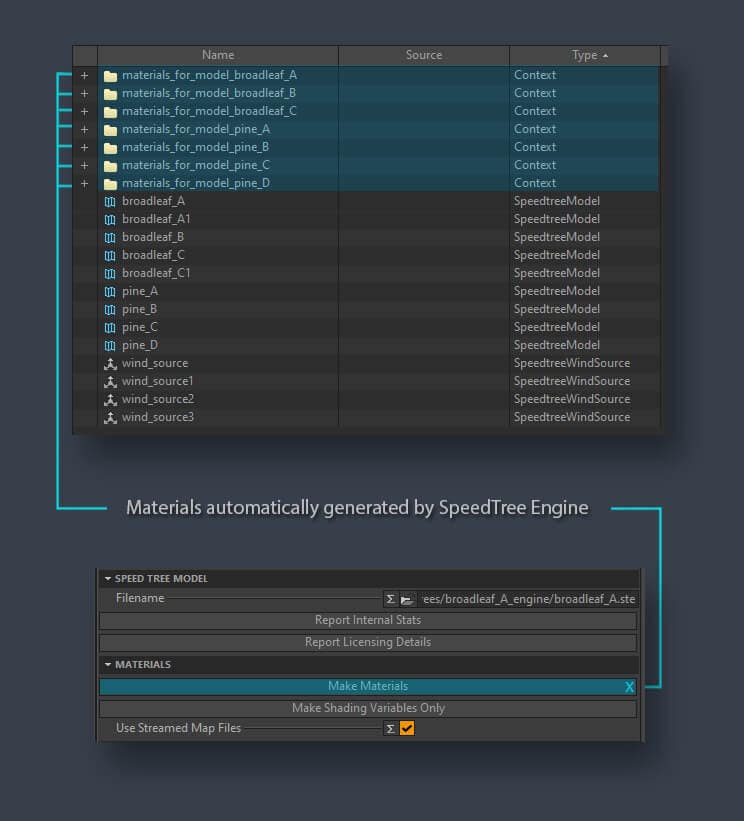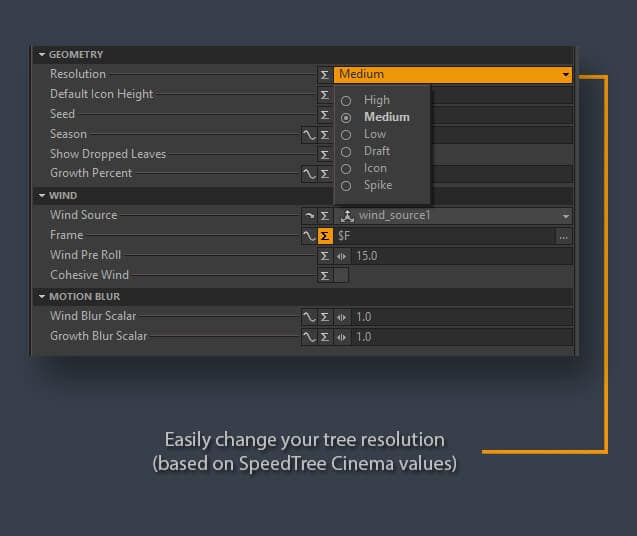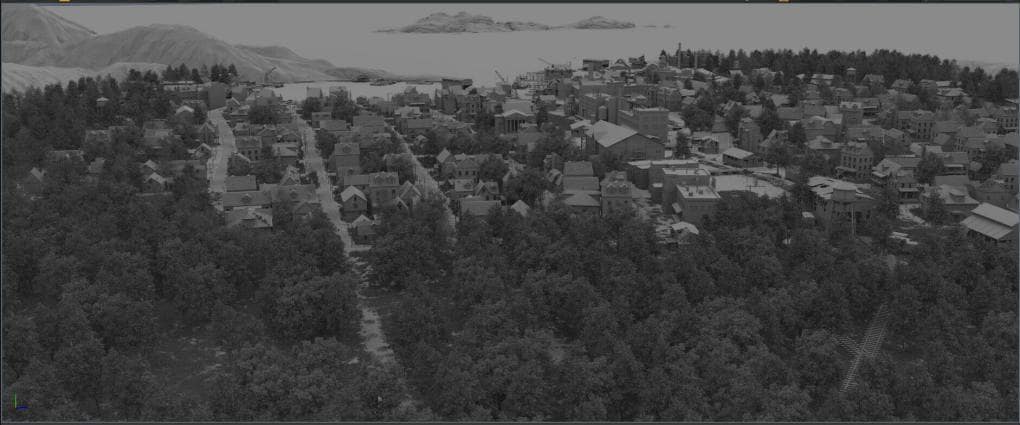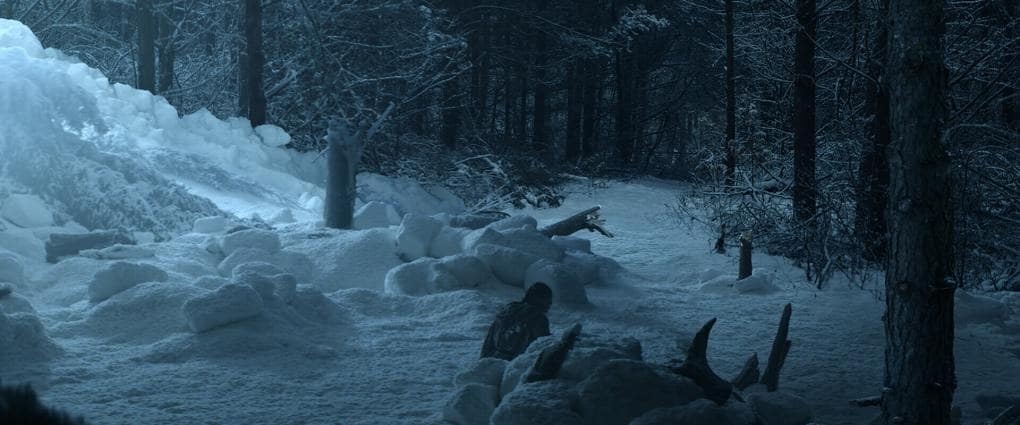The Shadow Over Innsmouth
Professional environment artist David Ratajczak took a major step this year and opened his own studio: Providence VFX. What was his first act of business? Tackling a huge project to stress-test himself and his tools, of course! Here, David chats with us about his career, his decision to start something new in 2020, and the SpeedTree Engine for Clarisse workflow he used on “The Shadow Over Innsmouth.”
Building a Career in VFX
Amanda Windsor (AW): Tell us about yourself! How did you get into VFX and what led you to opening your own studio?
David Ratajczak (DR): Namaste! I started to work as a Digital Matte Painter at Mikros Image (Paris) after my graduation, and I had the opportunity to work for a couple of VFX studios since 2015.
Well, I got this idea for a couple of reasons. I was stunned by my journey at MPC Montreal and their generalist approach to CG environments, and the artists I met helped me develop my personal workflow. On the other side, I accumulated a lot of frustration in a recent collaboration with a VFX studio which had some trouble pushing out DMP and environment work through the years. Thanks (I guess) to the health crisis we went through this year, I decided to move on and to launch my own VFX studio specialized in environments.
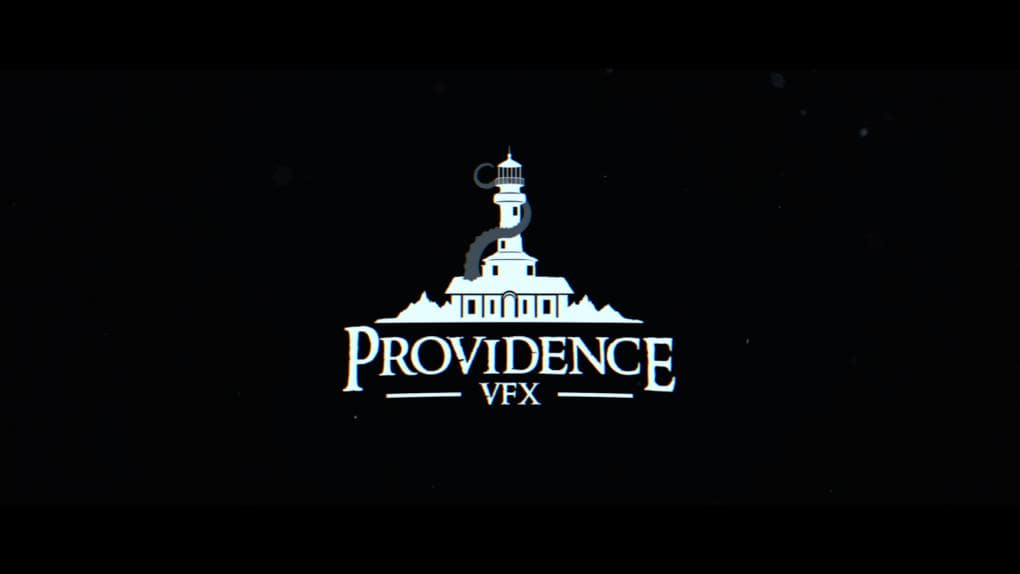
(AW): You worked on some big titles before starting your studio, including Wonder Woman and Fantastic Beasts and Where to Find Them; what was it like working on those films and what was your workflow?
(DR): Indeed, I got the opportunity to work on those shows in 2017, and it was really amazing! Fantastic Beasts was one of my first big shows, even if I came in really close to delivery. As a big fan of the Harry Potter universe, it was a dream come true. But, my first real show was Wonder Woman. I spent nine months on this project, with the best team I ever had in the VFX industry. I worked as DMP/Environment TD and switched between DMP, modeling, texturing, sculpting, and a little bit of layout and lookdev, with extremely talented artists and brilliant leads, supervisors, and coordinators. I’ve had three lead artists:
– Marilyne Fleury (DMP, now Head of Creative Operations at MPC)
– Geoffrey Vattan (DMP)
– Thierry Hamel (ENV TD, now 3DDMP Supervisor at MPC)
Basically, depending on the shots, I was assigned to set extension or environment tasks (modeling, texturing, etc); it was pretty exciting to be able to switch between all the aspects of the environment work. For the set extensions, we used to do our own projections in Nuke and deliver slap comps to the compositing department. Obviously, a couple of artists specialized in one specific skill, but most of the environment team were generalists. We were close to 70 artists in Montreal at that time, if I am remembering right! It was so interesting to share knowledge with all of those talented people.
A shot from David’s work on Fantastic Beasts and Where to Find Them
Workflow and Toolkit
(AW): What does your software toolkit look like right now and how has it changed over the years?
(DR): Today, my workflow is mainly based on Clarisse. Because I am launching my studio, I had to find the best compromise between license costs and flexibility for my generalist approach to CG environments. So, I decided to work on open source 3D creation software like Blender to model my elements, and to occasionally rent specific software depending on the projects I have to work on.
I had a couple of discussions with my leads regarding Clarisse throughout the years and I think it is the perfect software for 3D freelancers for many reasons! The license is affordable and it is helping artists to save a lot of time for a lot of things, especially in the back and forth with clients. I’m sure it can divide time, cost and frustration by ten, haha!
(AW): You just released “The Shadow over Innsmouth,” your first Providence VFX project. What inspired the project and what were your goals for it?
(DR): I am a huge fan of Lovecraft’s universe, and when I came back to France after my Canadian journey, I read the short novel on the plane. There were so many precise descriptions of the town, so I started to think about building it in CG!
The main goal was to do a kind of test-project for my studio: dealing with time constraints, as a single artist, on a large-scale environment project. The challenge was huge, but I really needed to troubleshoot as many issues as possible before starting client work on a genuine show. It was important for me to challenge myself and make sure I’ll be able to deliver shots on time.
(AW): What were the biggest challenges you overcame while creating “The Shadow over Innsmouth?”
(DR): This is a wide question. It was the first time I had to create a whole environment from scratch. As a fan, I tried to be as precise as possible concerning the topology and the architecture, so it took some time to gather references and break down all the elements. Then, I sorted all the assets by type, and subtype: the most important part of my work was modelling plenty of assets.
I like to do a complex VFX breakdown, which, to me, is the hero part of the final work, even more important than the rendered shot itself. I received a lot of comments like, “Was it necessary, with this camera position and this dark lighting, to waste this amount of time in doing assets upon assets?” Maybe it is curious, but because this was a test project, that’s how I wanted to treat it. Sometimes clients are really picky, we have to do a lot of things which seem to be useless you know, but we have to anyway! So it was a really productive exercise for all these reasons.
Using SpeedTree and Clarisse
(AW): You use SpeedTree Cinema and SpeedTree Engine for Clarisse on this project; how did they work for you? Which SpeedTree tools/functions do you use the most?
(DR): This was to me the icing on the cake, haha! I got the opportunity to be supported by Isotropix and IDV, Inc! The combination between Clarisse and SpeedTree was AMAZING!
At first, my forest was pretty static. I got a nice scattered forest, but my shot was quite boring. When I started to play with SpeedTree Engine for Clarisse, it changed everything.
Gathering a single animated .abc file of 500 frames to scatter a forest would have been extremely painful even with Clarisse; with SpeedTree Engine, it’s a revolution for scene management. It can handle wind computation and seasonal controls with a single file of around 1 Mb. The really cool thing is that you can create seed/variations of your tree directly in Clarisse and you don’t need to model them before like standard .abc workflow. And once again, it saves a lot of time regarding work iterations.
More Testing, More Lovecraft
(AW): What’s next for you and Providence VFX?
(DR): For the moment, we are working on another Lovecraftian adaptation called “At the Mountains of Madness” which lands in Antarctica; John Carpenter’s The Thing was inspired by this novel! Guillermo del Toro was supposed to direct a movie a few years ago, but unfortunately nothing came of it. There are huge expectations from fans regarding this novel, and I hope we’ll manage to do something frightening.
You can see more of David’s work on ArtStation and Vimeo. Connect with him on Instagram, then check out his studio, ProvidenceVFX, here. You can also see David on “Isotropix Live: Thinking Outside the Box.”
Want to try SpeedTree’s VFX tools for yourself?
Start a free evaluation of SpeedTree Cinema and Engine for Clarisse below!
Stay in touch with SpeedTree:

